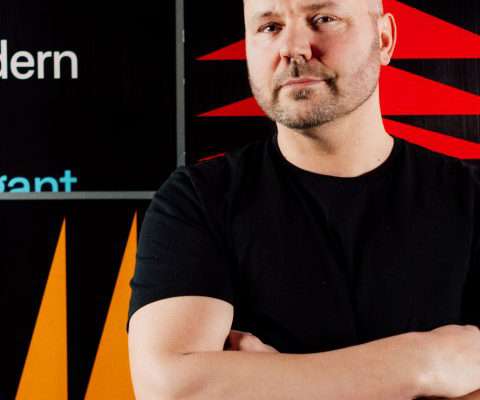Is the Lean Startup Dead?
Steve Blank
SEPTEMBER 5, 2018
NewTV will depend on partners like telcos to distribute the content. Given Verizon just shut down Go90 , its short form content video service, it will be interesting to see if Verizon distributes Katzenberg’s offerings.). Massive liquidity awaited the first movers to the IPO’s, and that’s how they managed their portfolios.





























Let's personalize your content